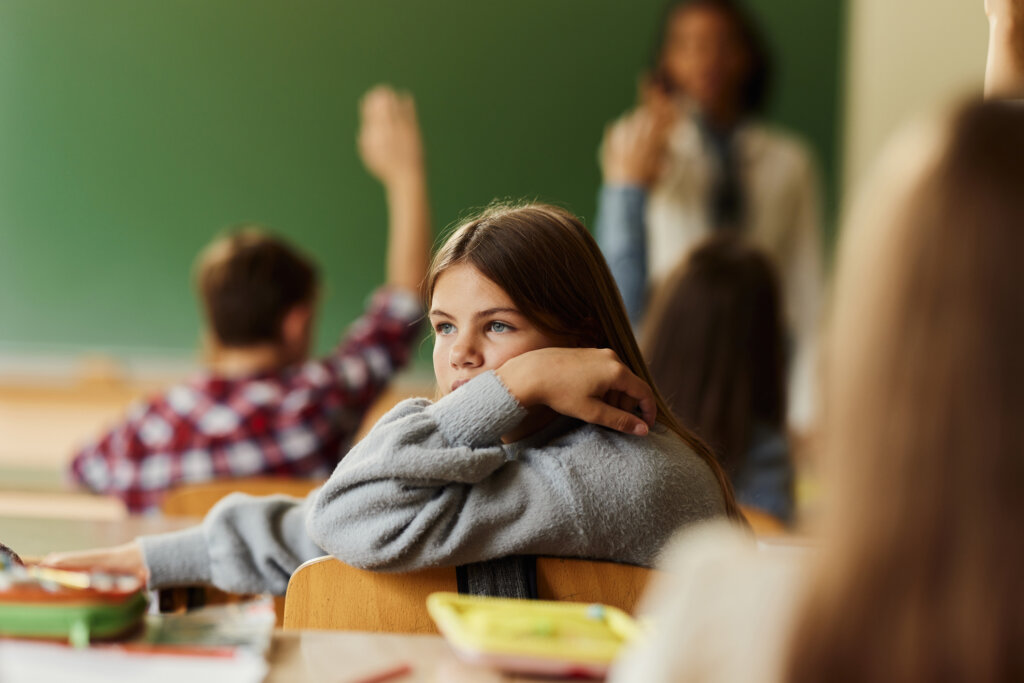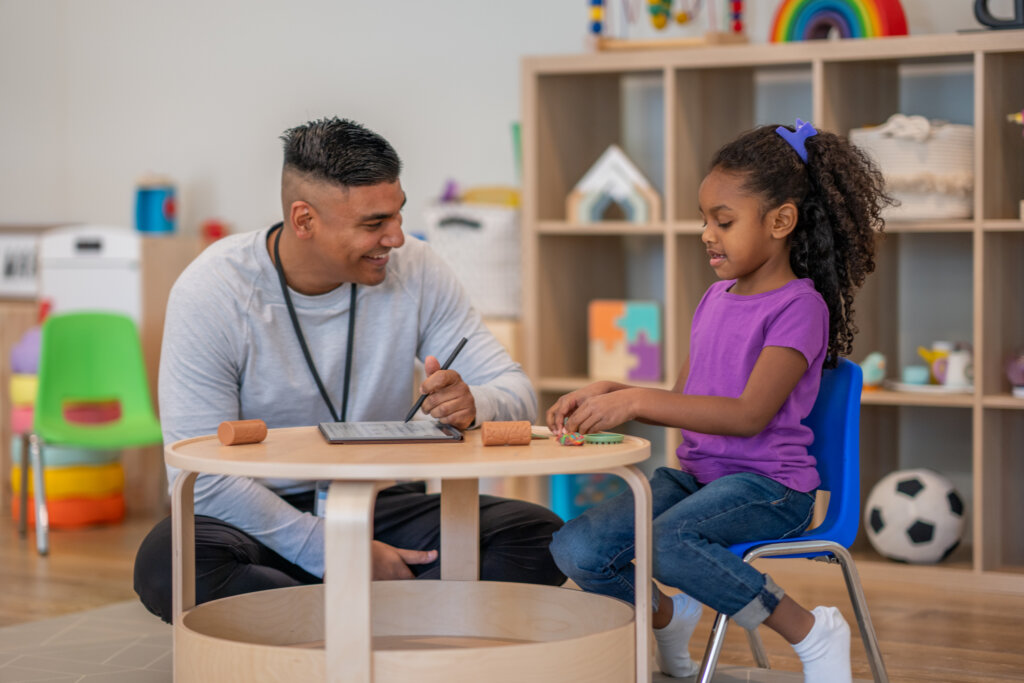Critical Thinking and Media Literacy
Forget writing private thoughts down on paper—these days, kid’s journals exist in cyberspace. From Facebook to WordPress to Tumblr, kid’s lives are played out in a much more public domain.
How can we make sure that our kids, who are arguably the biggest users of technology—cellphones, computers, blogging, etc.—are savvy consumers and users of media? But more importantly, do we have a responsibility as parents and educators to ensure that our children are media literate?
A conversation between Dan Rather and Andy Carvin from PBS Teachers Learning.Now examined how even well-seasoned journalists can have difficulty recognizing valid sources on the Internet. If journalists find identifying bias and propaganda challenging, imagine how difficult it is for children to identify what does and doesn’t constitute a reliable, safe media experience?
Learning about media literacy is on par with learning to be a critical, active thinker—both require a student to look beyond the words in front of them and to ask important, probing questions:
- Who produced the material or site that I am reading?
- What message does it deliver?
- Is this message in line with what I already know to be true? Does it offer an alternative view that is supported by facts and research?
- Is any important fact being overlooked or deliberately left out?
- Who is the author and what are his or her credentials?
Times, they are a-changing. The diary with a lock on the side is a relic—it’s time to start having conversations about how we can incorporate media literacy into our curriculum. But until media literacy is taught in schools, the onus for making sure children are educated media users, producers, and consumers is on each of us.
Want to read more? Check out the PBS article here or this article from The Centre For Media Literacy about the need for teaching media literacy in schools, here



